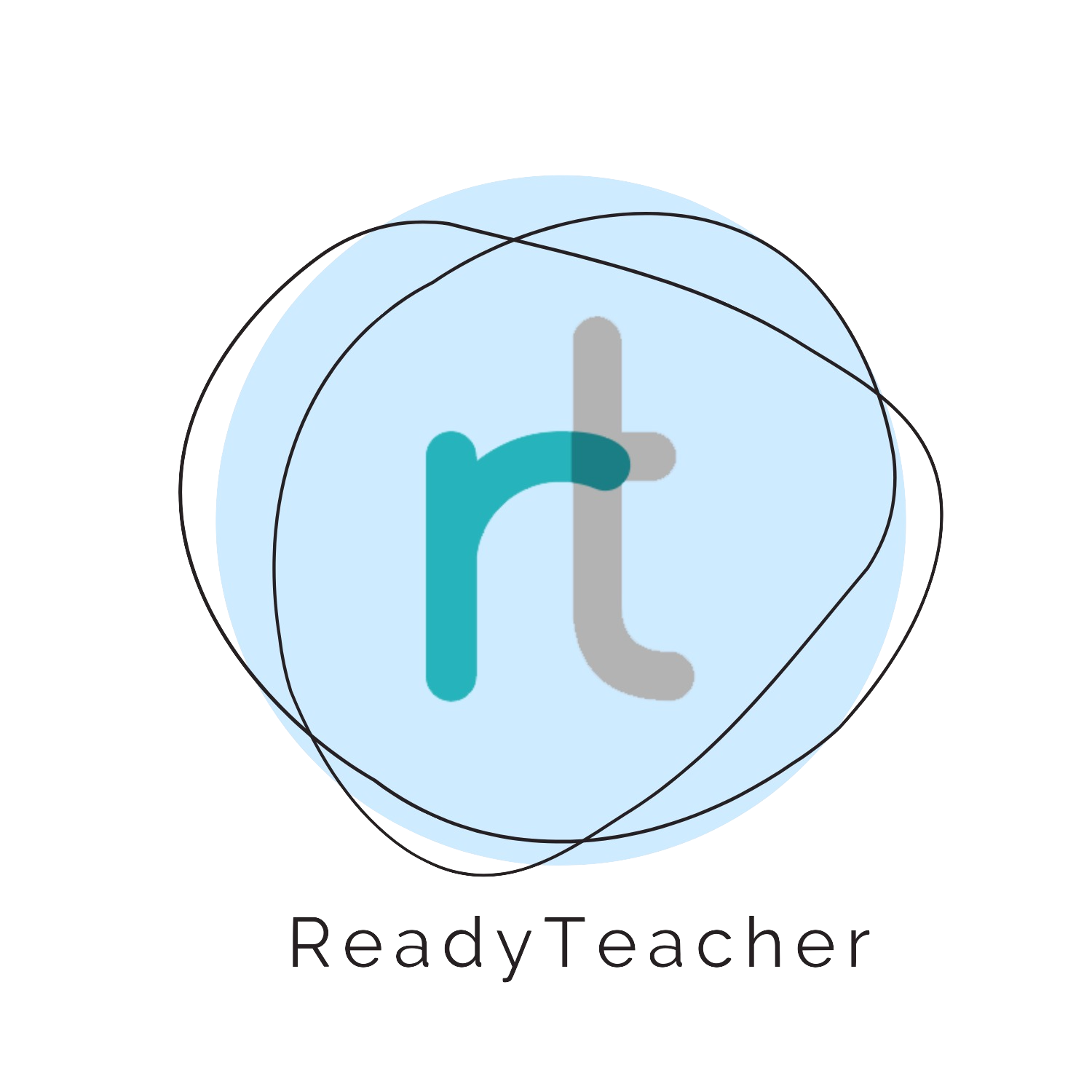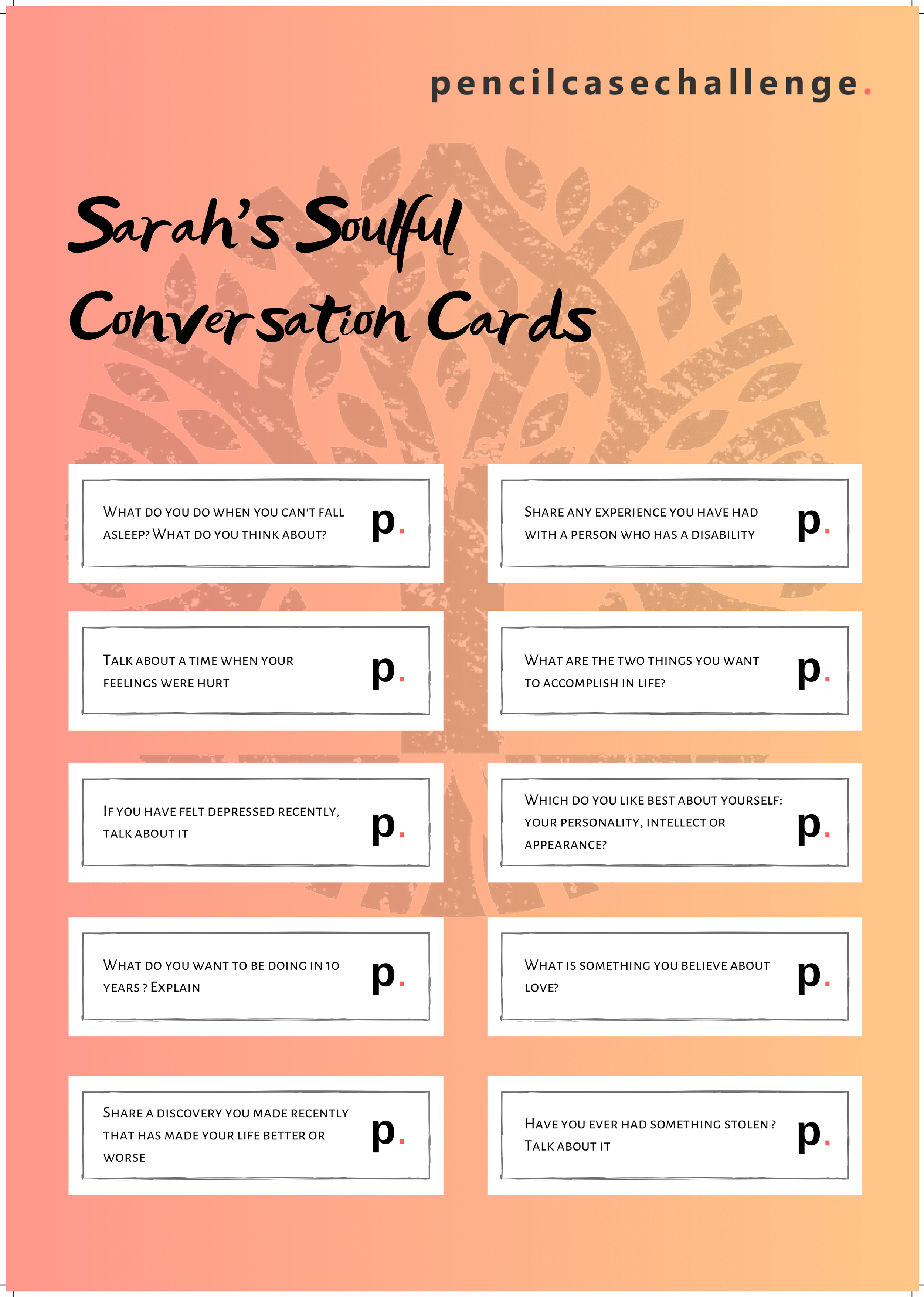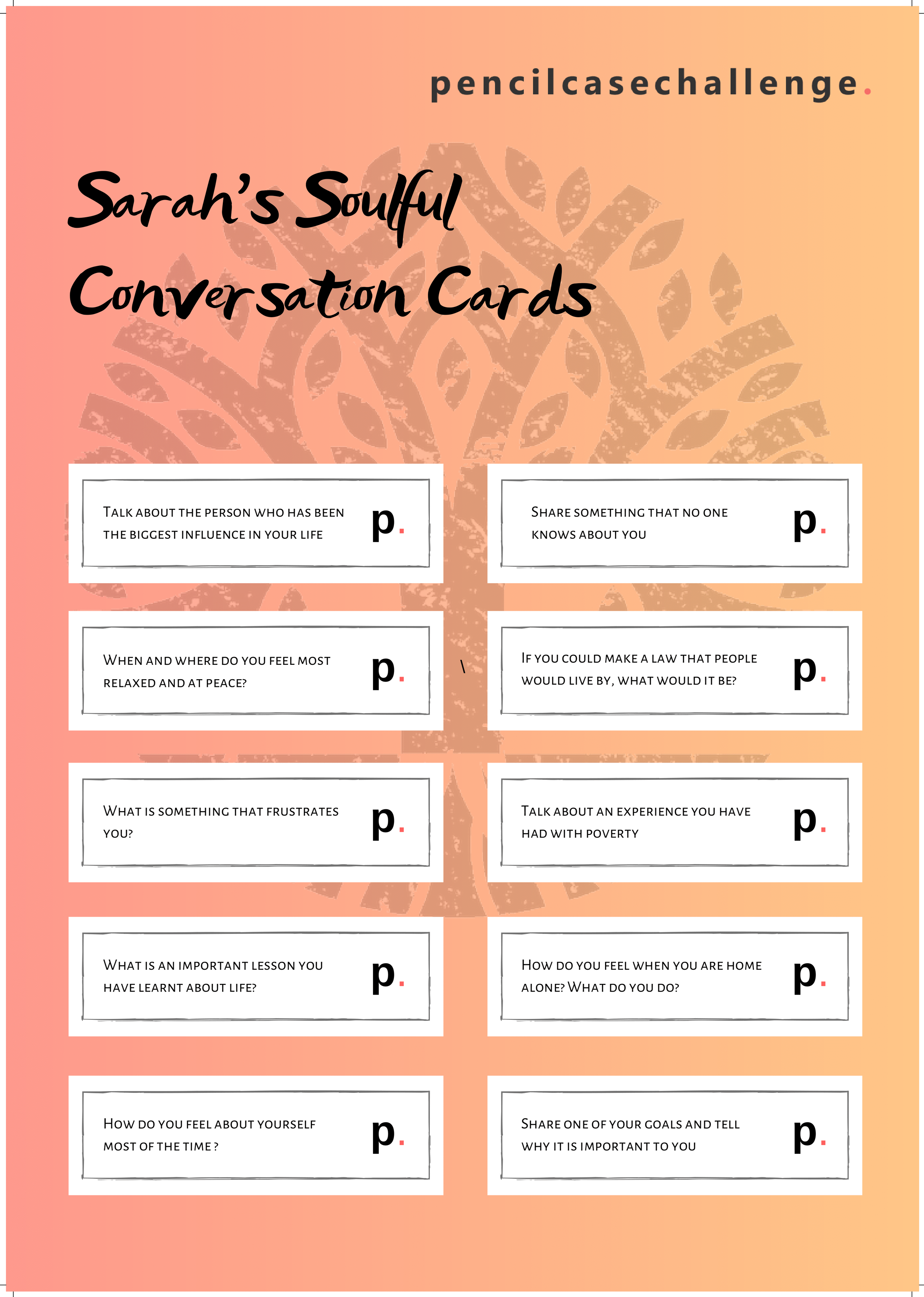Suggested Lesson Structure
Every teacher manages their class differently, including how they introduce topics, devote time to different tasks, and how much time they spend on additional activities to supplement the student text book.
Here’s Sarah’s suggestions on how to structure your lesson if you’re getting started and want a format to test and try out.
Warmer.
Aim:
I always use this stage to give students the chance to get to know me (the teacher), especially if they are meeting me for the first time. It’s also an opportunity to bring the students’ focus into the group/room, to help them forget their busy lives, family or work issues, or whatever their life experience is at the time (good or bad).
Resources:
Check homework (if any).
Aim:
Guaranteed if the teacher doesn’t check homework, it loses it’s value for pretty much everyone. Checking homework gives students a chance to compare their answers and ideas and clarify any confusion they may have. It’s a great chance for students to concretise their learning - that’s what homework is all about!
Vocab revision game.
Aim:
To recycle vocabularly from the day or week before, typically from the unit of the student book that was covered. This game can be as simple as Back to the Board where one student sits with their back against the whiteboard and the class describes the word that’s written on the board. The students or the teacher can write words or phrases on the board.
Introduction to the lesson topic or theme.
Aim:
Most of the time you will be teaching from a text book such as English File or Cutting Edge. Each unit typically has a topic or theme, such as ‘Music and Emotion’ in this English File Upper-intermediate level unit. The aim when introducing a topic is to stimulate interest and curiosity which will help them feel ready for learning (from the text book).
You could introduce this theme with a conversation about pieces of music that make students feel different emotions, or play a song that might help students to recall a special memory, or show a short clip of a famous concert or event such as a wedding.
However you choose to introduce a topic of theme, it should create interest and give the students a sense of wanting to know more.
Activities from the student book.
Aim:
This is the part where the institution’s curriculum is covered. You should do your best to cover the pages set by the manager (to be covered in your lesson), but if it’s too much content or the group is moving more slowly than expected through the activities, don’t rush - just give a good description of the work you’ve covered so the next teacher can continue on.
Warmer #2 (after break)
Aim:
After break, I often like to do a quick game to bring the group back to focusing on the lesson. You can use any kind of game here - one that tests vocabulary from the first half of the lesson could work well.
More activities from the student book.
Aim:
This is a good time to tackle the grammar section of the unit you are delivering. The students are fresh from a break, have had a coffee or something to eat and are refuelled and ready-to-go. I find that this session is also great for receptive activities such as listening tasks.
Speaking task.
Aim:
Time to practice, in-depth, the target language. There are many different ways to do this, from setting pair speaking tasks, to small groups, to larger group projects. You can give feedback on students’ speaking, too, if you are confident to do this in a way that makes the students feel safe and not criticised or judged by the teacher or their colleagues in class.
Click on the images below to download your own copy of Sarah’s Soulful Conversation Cards (Right click on image and ‘Save As’ to download)
Page 1 of 2
Page 2 of 2
Revision game.
Aim:
I love this part of the class as it gives students a chance to test themselves and their classmates on what they’ve learnt this lesson. Competitive, team games are a great way to end the class on a high note.
Do you have any questions or feedback about this suggested lesson structure? Please email sarah@readyteacher.com.au.



